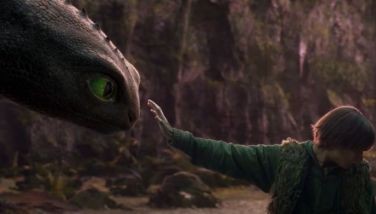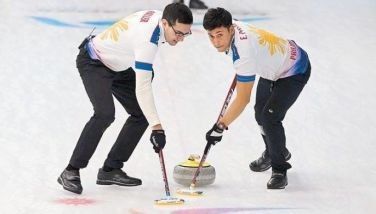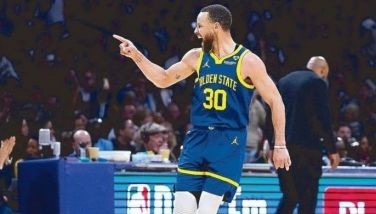Why Dolphy deserves to be National Artist
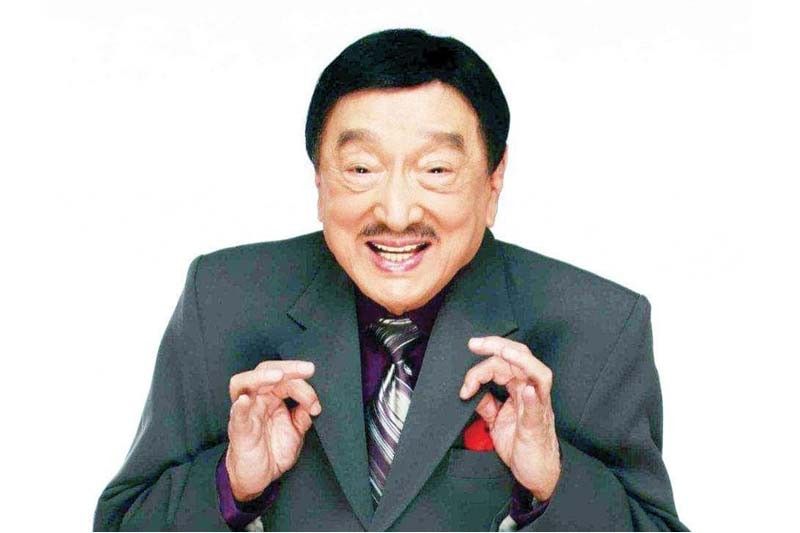
Why is the late Comedy King Dolphy not yet a National Artist?
That was one of the questions raised when the Film Development Council of the Philippines (FDCP) recently announced it was going to pay tribute to Philippine comedy in the upcoming celebration of the Philippine Film Industry Month (PFIM) in September.
“As history and international surveys have shown time and again, the strength of the Filipino people has deep roots in humor, positivity and comedy. And for that, in this year’s PFIM, we’d like to highlight the great comedic icons of our nation,” said Tirso Cruz III, chairman and CEO of the FDCP.
With the theme Tuloy Pa Rin Ang Tawanan, the goal for the month-long celebration is to recognize “people we look up to but not properly accorded appreciation, admiration and appellation — the Philippine comedians,” said veteran filmmaker and FDCP technical consultant Jose Javier “Joey” Reyes.
“The whole month is dedicated to the celebration of comedy as personified by the late Rodolfo Quizon Sr. or Dolphy,” he further said of the screen legend who passed away in 2012.
Some of the events lined up include the special screening of the restored and remastered Dolphy comedy classic Home Along Da Riles during the opening ceremony at Shangri-La Plaza Cinema One on Sept. 1. The closing event on Sept. 29 will also be dedicated to the life, times and works of Dolphy.
“Dolphy represented everything from Bodabil to cinema. Siya ang history of Philippine comedy so dapat lang may posthumous award para kay Dolphy,” Reyes further said, noting that his most memorable works were not only comedy but also drama such as Ang Tatay Kong Nanay (1978) and Markova: Comfort Gay (2000). “Hindi siya pwede ‘di parangalan at hindi siya pwede kalimutan.”
It also hoped that by celebrating comedy, it helps bring awareness to why Dolphy deserves to be declared National Artist, the highest prize conferred upon Filipinos who have made distinct contributions to the development of the Philippine arts and culture.
Jointly administered by the National Commission for Culture and the Arts (NCCA) and the Cultural Center of the Philippines (CCP), the award is given by the Philippine President upon the recommendation of both institutions. With a panel of experts and jury of experts leading the screening, the selection undergoes a tedious process of three rounds, which begins with a nomination. The conferment of National Artists takes place every three years.
The FDCP is not part of the selection process or in efforts to lobby for a certain film artist, however, Cruz said that he knew Dolphy’s name had repeatedly cropped up in deliberations, but that he always got dropped from the list.
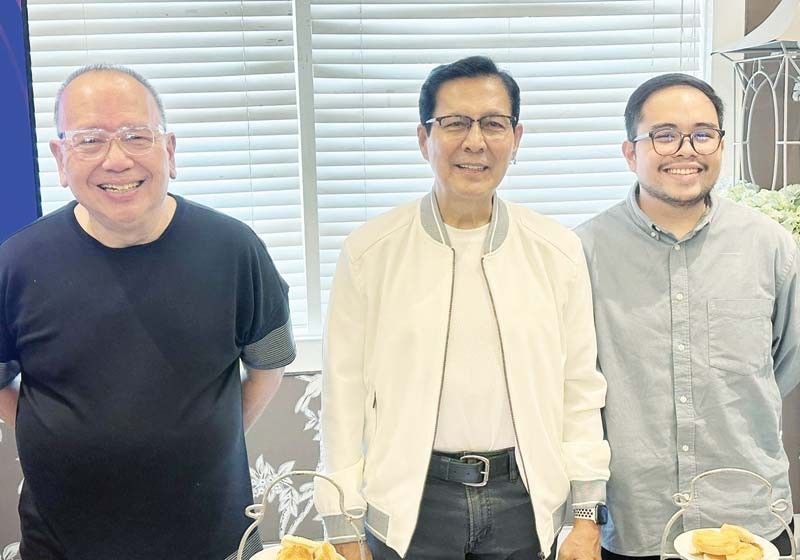
This was also confirmed by Reyes himself who had previously sat on the National Artist selection panel. “I’m part of that (selection) sometimes. There have been many attempts,” he shared. “Almost every year na may deliberation, Dolphy’s name would come up.”
Reyes said that the last time Dolphy’s name appeared was in the most recent selection that named Nora Aunor, Ricky Lee and the late Marilou Diaz-Abaya as National Artists for Film and Broadcast Arts.
“Nakakalungkot dapat talaga National Artist na si Dolphy… kahit ano pa ang sabihin, he’s one of the greatest actors of Philippine cinema,” lamented Reyes.
“Bakit hindi pa pinarangalan si Dolphy sa dami ng ginawa niya? Bakit comedian hindi binibigyan ng ganung pagpapahalaga when they are very important?”
Asked why he thought Dolphy never made the cut, the director provided three reasons.
“No. 1, there are some people who take his personal life against him in the same manner that Nora’s personal life was taken against her which, I think, has got nothing to do with their art. You judge a person for their work, not for their personal lives,” Reyes said, referring to the several snubs Nora experienced until she finally received the honor in 2022.
“No. 2, they don’t take comedy seriously. They think that comedy is not to be taken seriously. Ang award-winning is drama. But, you know, it’s doubly as hard to be a comedian than it is to be a dramatic actor.
“And thirdly, certain sectors react to Dolphy’s gay movies before, namely Facifica Falayfay (1969), Fefita Fofongay, Sarhento Fofongay (1973). Sinasabi nila (these) came up with a very anti-gay kind of iconology. But then, you know, you also forget that he did Ang Tatay Kong Nanay, which humanized (the gays), and he did Markova. So, there are prejudices against him.”
Nevertheless, for Reyes, the bottomline is that certain quarters “don’t think that comedians are to be taken seriously, which is so wrong. When you come to think of it, as much as Nora deserves to be a National Artist, so many others deserve to be National Artists because of their contribution.
“But the comedian is the last in line because they always feel that they have no depth or cultural value, which for me is a misinterpretation of culture.”
And not just towards Dolphy but comedians in general, he said. “‘Di niyo ba naisip na bihirang-bihira if not hindi nananalo ng any acting award ang mga komedyante because we never take them seriously? But kung tuusin mo, mas mahirap magpatawa kay sa magpa-iyak?”
That’s why, alongside Dolphy, seven of living or still active comedy icons and greats will be given recognition on Sept. 29 during the closing ceremony. The PFIM will also be a celebration of his “heirs apparent,” as the FDCP put it, namely Ai-Ai delas Alas, Eugene Domingo, Michael V and Vice Ganda. Three more names will be revealed in the coming days.
Cruz noted they chose comedians “who really made a mark and parang naging byword… like if you say, Tanging Ina, si Ai-Ai talaga (because of her Ang Tanging Ina films).”
“So dun kami namili, from the recall of the movies that they’ve made and the impact that they’ve made in the Philippine (entertainment) industry,” the FDCP chair said.
Added Reyes, “The whole point of the Philippine Film Industry month is to give honor to the people who have made us laugh through the generations.”
- Latest
- Trending




























